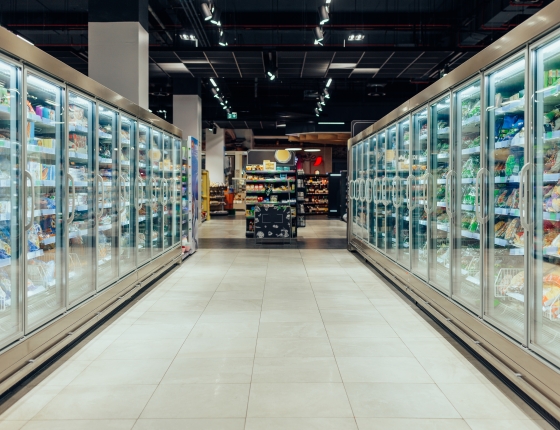Overview
Despite recent developments regarding the phase-out of high global warming potential (GWP) refrigerants, the reality is that most grocery stores in Minnesota are expected to continue to operate their existing refrigeration equipment for the next 10–15 years before replacing them with new equipment capable of using a very low GWP refrigerants. Implementing floating suction pressure control on these systems provides a relatively low-cost opportunity to optimize the efficiency of these systems during their remaining useful life.
This project will conduct field monitoring of floating suction pressure control in grocery store refrigeration systems in Minnesota. Project staff will assess the savings, cost, adaptability, and scalability of this control strategy that a CARD-funded market study recently identified as a top priority. The monitored results will be combined with detailed assessments of market issues and technical site-specific variables affecting costs and savings to develop detailed recommendations for cost-effective ECO program promotion and a new TRM measure.
Project Summary
Objective
- Assess the potential of floating suction pressure control in grocery stores to provide cost-effective energy savings.
- Develop recommendations for including refrigeration control updates in ECO programs.
Scope
- Collect technical and field data from existing grocery stores.
- Implement control changes and quantify impact.
- Document potential savings and make program recommendations.
Non-energy benefits
- Reducing the lift on the compressor results in less waste heat being generated and less mechanical wear on the internal components, extending the useful life of the compressor.
- Allowing the suction pressures to float maintains more stable temperatures inside refrigerated spaces, improving product quality.
